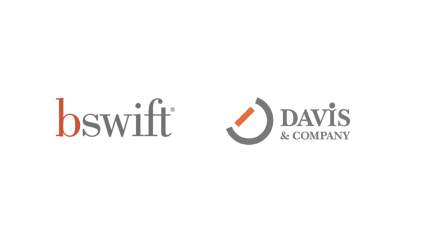
As the hybrid workforce continues to evolve, more and more organizations are increasing their focus on employee mental health and well-being.
A recent study reveals 83% of employees believe their well-being is just as important as their salary, and 85% of employees are more likely to stay with a company if their employer focuses on well-being.1
Here are three ways internal communications can support employee mental health and well-being in the workplace:
 |
Keep programs and resources top of mind for employees Employees are overwhelmed by information in the workplace and may not know all of the available well-being programs.
|
 |
Equip managers to check in When employees have questions about offerings or time off, their first stop is their manager; it’s important managers are prepared for these conversations.
|
 |
Create space for connection Nurturing social relationships is an important aspect of mental health. Moving to a hybrid workforce took away many opportunities for colleagues to connect.
|




